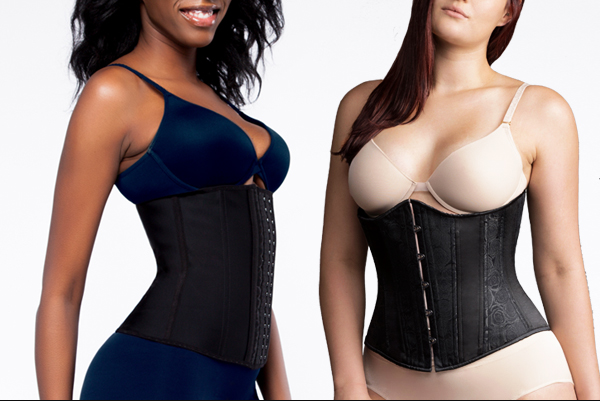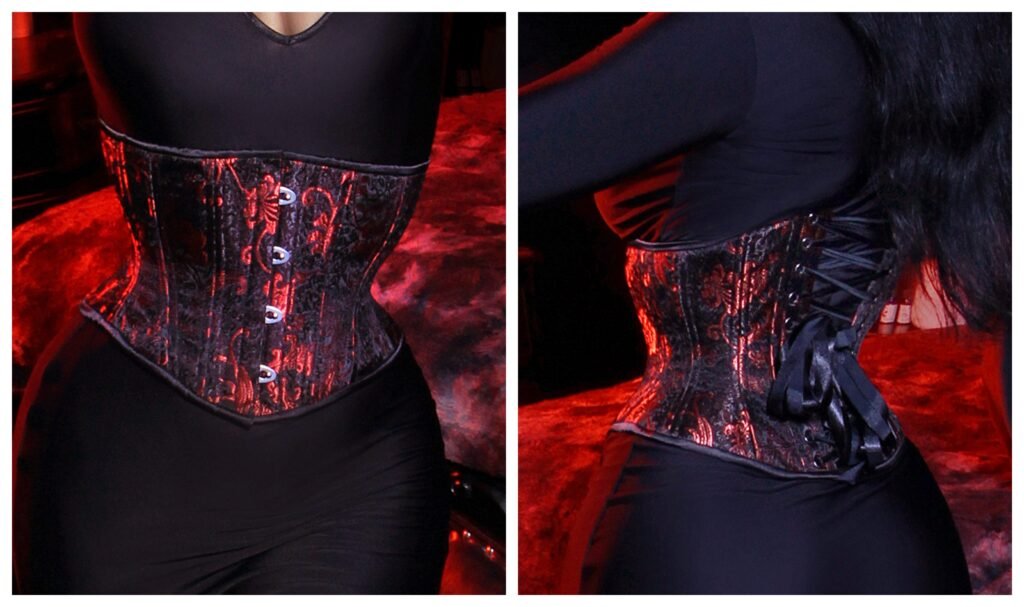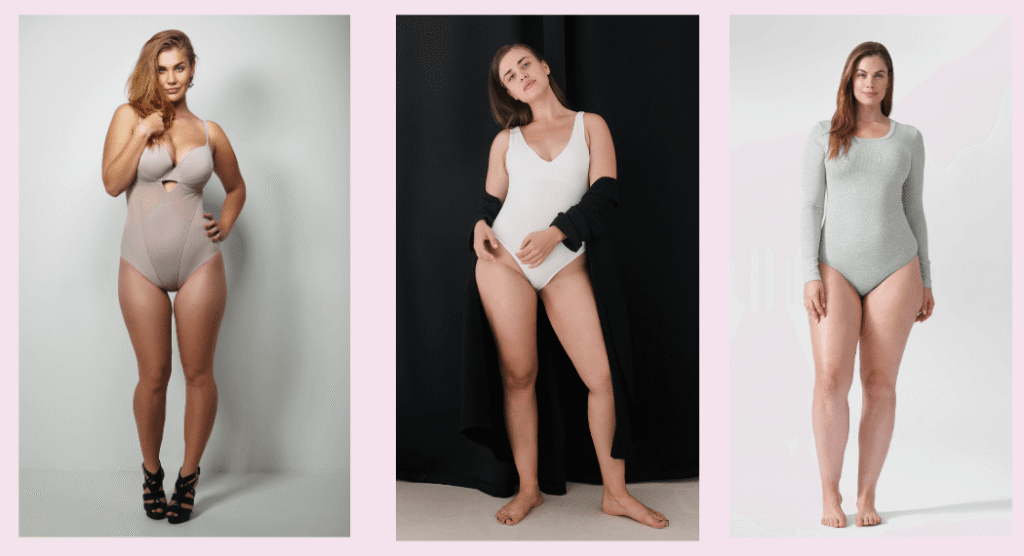Waist Trainers for Weight Loss: Myth vs. Reality

Waist trainers have become one of the most talked-about fitness and fashion accessories in recent years. From celebrities flaunting hourglass figures to social media influencers promoting “instant results,” it seems like everyone has an opinion about waist trainers. But the big question remains: do waist trainers actually help with weight loss, or is it mostly hype?
In this guide, we’ll dive into the truth about waist trainers, bust common myths, explore their real benefits, and explain how to use them safely. Whether you’re considering your first waist trainer or curious about how they work, this blog will give you a clear and balanced perspective.
The rise of waist trainers
Waist trainers, sometimes called corset belts or body shapers, have been around in some form for centuries. Historically, corsets were worn to achieve a slim waistline and enhance posture. Today’s waist trainers are designed with modern fabrics like latex, neoprene, and flexible boning to offer shape and support while still allowing some movement.
The popularity of waist trainers skyrocketed with social media, as influencers shared before-and-after transformations claiming dramatic weight loss and a slimmer waistline. But it’s important to separate what looks good in photos from what is truly effective for long-term results.
Myth 1: Waist trainers burn fat
One of the most common myths is that wearing a waist trainer directly burns fat around your midsection. Many people believe that the compression causes the body to sweat and melt away inches of fat. While it’s true that wearing a waist trainer can increase perspiration, sweat loss is mostly water, not fat.
Fat loss occurs when you burn more calories than you consume through a combination of diet, exercise, and overall lifestyle changes. A waist trainer alone will not burn fat, shrink your stomach permanently, or replace consistent healthy habits.
Myth 2: You can achieve an hourglass figure overnight
Waist trainers are often marketed as a quick fix for a curvier, hourglass silhouette. While wearing a best waist trainer for women can temporarily cinch your waist and make your figure appear slimmer, the effect is purely cosmetic. The compression reshapes your body visually but does not alter bone structure or remove fat.
Over-reliance on a waist trainer with the expectation of permanent changes can lead to disappointment. Real results come from sustainable approaches like core-strengthening exercises, balanced nutrition, and consistent fitness routines.
Reality: Waist trainers support posture and core awareness
While waist trainers do not directly cause weight loss, they do have some legitimate benefits. One of the most notable advantages is posture support. By compressing the midsection and encouraging an upright stance, waist trainers can improve posture awareness, which may make workouts more effective and reduce back strain.
Additionally, wearing a waist trainer during exercise can serve as a reminder to engage your core muscles. Moreover, you have to know about best wait trainer for women to find the right fit for your body and lifestyle. This awareness can indirectly support your fitness goals by encouraging proper form during workouts.
Choosing the right waist trainer
Not all waist trainers are created equal. Choosing the right one can make a difference in comfort, effectiveness, and safety. Look for:
- Proper fit: A waist trainer that is too tight can restrict breathing and cause discomfort.
- Quality materials: Latex, neoprene, or flexible boning offer better durability and support.
- Adjustable closures: Hooks, zippers, or Velcro straps allow you to customize compression.
- Targeted purpose: Some waist trainers are designed for workouts, while others are meant for daily wear or fashion purposes.
Using a waist trainer that fits well and matches your activity level ensures that you get the benefits without unnecessary risks.

Integrating waist trainers into a weight loss routine
If your goal is to incorporate a waist trainer into a weight loss routine, it’s important to view it as a complementary tool, not a magic solution. Here’s how you can use it effectively:
- During workouts: Wearing a waist trainer during low-impact exercises like walking, Pilates, or strength training can help maintain posture and remind you to engage your core.
- Short periods initially: Start with 1–2 hours a day and gradually increase if comfortable. Avoid wearing it for extended periods until your body adjusts.
- Pair with nutrition and exercise: Waist trainers work best when combined with a healthy diet, consistent cardio, and strength training. They do not replace these essentials.
- Listen to your body: Discomfort, difficulty breathing, or pain are signs to remove the waist trainer immediately. Safety always comes first.
Common mistakes when using a waist trainer
Even with proper intentions, some common mistakes can limit the effectiveness or cause problems:
- Wearing it too tightly: Over-compression can cause bruising, breathing issues, or digestive discomfort.
- Relying solely on the trainer for weight loss: Expecting the waist trainer to do all the work can lead to frustration.
- Ignoring body signals: Pain, nausea, or shortness of breath should never be ignored.
- Skipping core exercises: Using a waist trainer without strengthening your core muscles may result in weaker natural support over time.
The psychological boost of waist trainers
One aspect often overlooked is the psychological effect. Wearing a waist trainer can make some people feel more confident and motivated to stick to their fitness and nutrition goals. This boost in self-confidence can indirectly support healthier habits and a more consistent weight loss journey.
Alternatives to waist trainers for weight loss
If you’re skeptical about waist trainers or want to explore safer alternatives, consider these options:
- Core-strengthening exercises: Planks, Pilates, and strength training are effective for toning your midsection.
- Shapewear for confidence: Light compression shapewear can provide a temporary slimming effect without extreme restriction.
- Lifestyle adjustments: Balanced diet, sufficient hydration, and consistent physical activity remain the most effective weight loss strategies.
Final thoughts
Waist trainers for weight loss are surrounded by hype, myths, and marketing claims. The reality is that they do not directly burn fat or magically reshape your body. However, they can provide posture support, core awareness, and a temporary slimming effect. When used safely and paired with healthy habits, waist trainers can be a helpful accessory—not a replacement—for a weight loss journey.
Understanding the distinction between myth and reality ensures that you use waist trainers effectively and avoid unrealistic expectations. Remember, sustainable weight loss comes from a combination of fitness, nutrition, and consistent healthy habits, with waist trainers serving as a supportive tool rather than a miracle solution.











